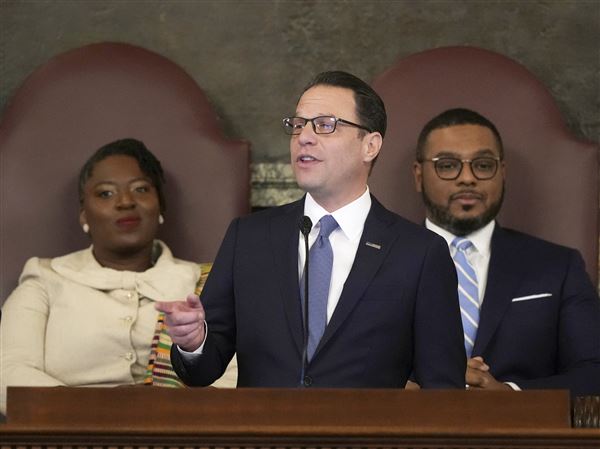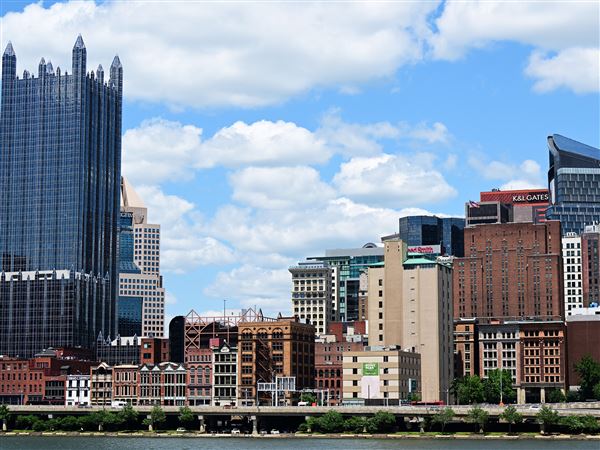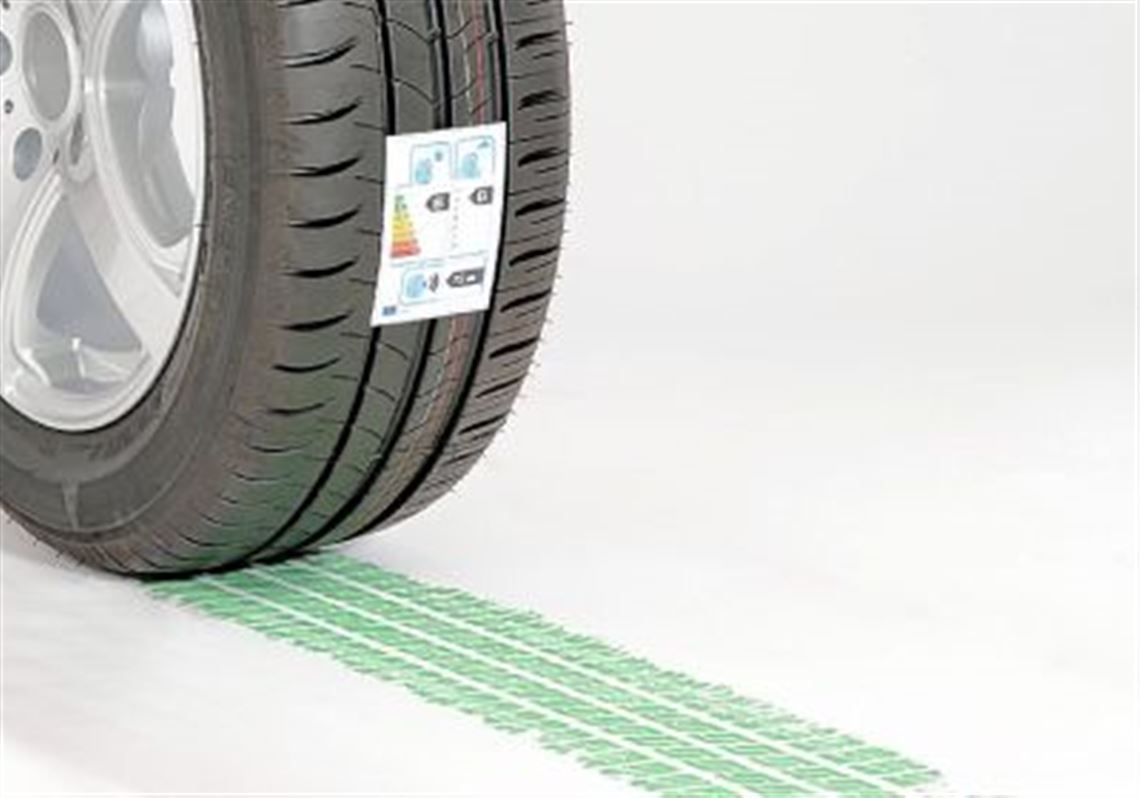German-based Lanxess made the biggest investment in its history this year -- more than $500 million -- in a cutting-edge facility in Singapore where it produces synthetic rubber that will be marketed primarily to automotive tire makers.
The new plant is a key component of the company's "green mobility" strategy through which Lanxess hopes to convince automakers and their suppliers that the rubber it sells for tires and the plastics it makes for other car parts will add up to safer and more fuel efficient vehicles.
Still, Flemming Bjoernslev, Lanxess' North American president and chief executive based in Findlay, readily acknowledges tires can be a tough, high-priced investment for consumers -- even those anxious to support more green and sustainable products.
So when Lanxess' global sales dropped by 12 percent in the second quarter that ended in June, Mr. Bjoernslev linked the decline at least in part to tight consumer spending in an economy that's still emerging from the recession.
"The American tire industry is in a position that we're not selling as much to it as we'd like to," he said in an interview this week at Lanxess' North American headquarters in the RIDC office park off the Parkway West.
Lanxess counts among its customers at least five top tire manufacturers, though he declined to name them.
Despite the company's disappointing second quarter -- which he also blamed on persistent weak economic conditions in Europe and the recent slowdown in China -- Mr. Bjoernslev said Lanxess remains bullish on how green tires and other products will help pump up its revenues once the global economy settles into recovery.
To that end, Lanxess will pitch its message directly to the auto industry on Aug. 27 when its hosts car makers and their suppliers for a day-long conference in Detroit.
"It's about reaching out to our future customers and to help us understand the needs of our customers' customers," said Mr. Bjoernslev.
Among the speakers: engineering and technical experts from auto giants Ford Motor and BMW; auto parts maker Magna; and a NASA Space Shuttle commander who will talk about "adventurous innovation."
Lanxess held its first such event for the auto industry last year in Charlotte, N.C., where it introduced its green tire prototype that passed high-level testing in Germany and garnered high industry ratings.
But don't look for the company to become the next Michelin.
"We don't want to manufacture tires," said Mr. Bjoernslev. "But it showed the world what can be done with our product."
As much as 15 percent of a tank of gas is used to overcome tires' resistance to the road, according to the U.S. Department of Energy. So tires that stay inflated longer with better pressure can lower resistance and in turn reduce fuel consumption and emissions.
That's become a concern of manufacturers and consumers as governments impose or step up requirements on the auto industry to make vehicles safer and better for the environment.
For instance, last November, the European Union launched mandatory tire labeling that requires tires be graded on a scale of A to G depending on fuel efficiency, wet grip and rolling noise.
"So the pressure for green tires and lightweight [vehicle] construction will increase in the future," said Mr. Bjoernslev. "We think a tire label in the U.S. is inevitable."
Lanxess' highest profile green mobility products are its butyl rubber and premium halobutyl, which when used in the inner lining of tires, retain high amounts of air by preventing external gas from seeping in. A form of butyl also can be used in tire treads to improve grip, the company said.
The other big manufacturer of butyl rubber is ExxonMobil.
Besides Lanxess' new facility in Singapore, the company produces butyl rubber at plants in Sarnia, Canada; and Belgium.
"Although North America and Europe have markets with high mobility, the growth rates in China and all of Asia will far exceed the older markets," said Mr. Bjoernslev. "Singapore is strategically and geographically in the sweet spot."
According to a report from The Freedonia Group, a market research firm in Cleveland, the Asia-Pacific region accounted for more than 50 percent of global tire demand in 2010 and is likely to experience the strongest increase in demand through 2015. The global tire market should reach $220 billion, or 3.3 billion units, by 2015, the report said.
In North America, a lab in London, Ontario, is Lanxess' only facility involved in research for green tires, the company said. Other components of the green mobility portfolio include plastics produced at a Gastonia, N.C., facility that can be used in car parts such as pedals, oil pans and steering rods.
While the auto industry accounts for about 40 percent of Lanxess' global sales -- which hit nearly $12 billion last year -- products marketed specifically for green mobility generated about $2 billion worldwide in 2012, up 5 percent from 2011.
For the second quarter, overall sales dropped by 12 percent to 2.1 billion euros ($2.8 billion) and North American revenues fell to 357 million euros ($474 million). In May, Lanxess said it would implement cost cuts, but Mr. Bjoernslev said no layoffs were planned in the U.S. or Canada.
In the Pittsburgh region, Lanxess has about 350 employees at the Findlay offices and at facilities in Neville Island, and Burgettstown, Washington County. The company has 1,500 workers at 14 sites throughout North America.
"We think for our business in the world and North America, we will not see a major pickup in the second half of this year but we're confident on our growth path in 2014," Mr. Bjoernslev said.
First Published: August 16, 2013, 8:00 a.m.

















